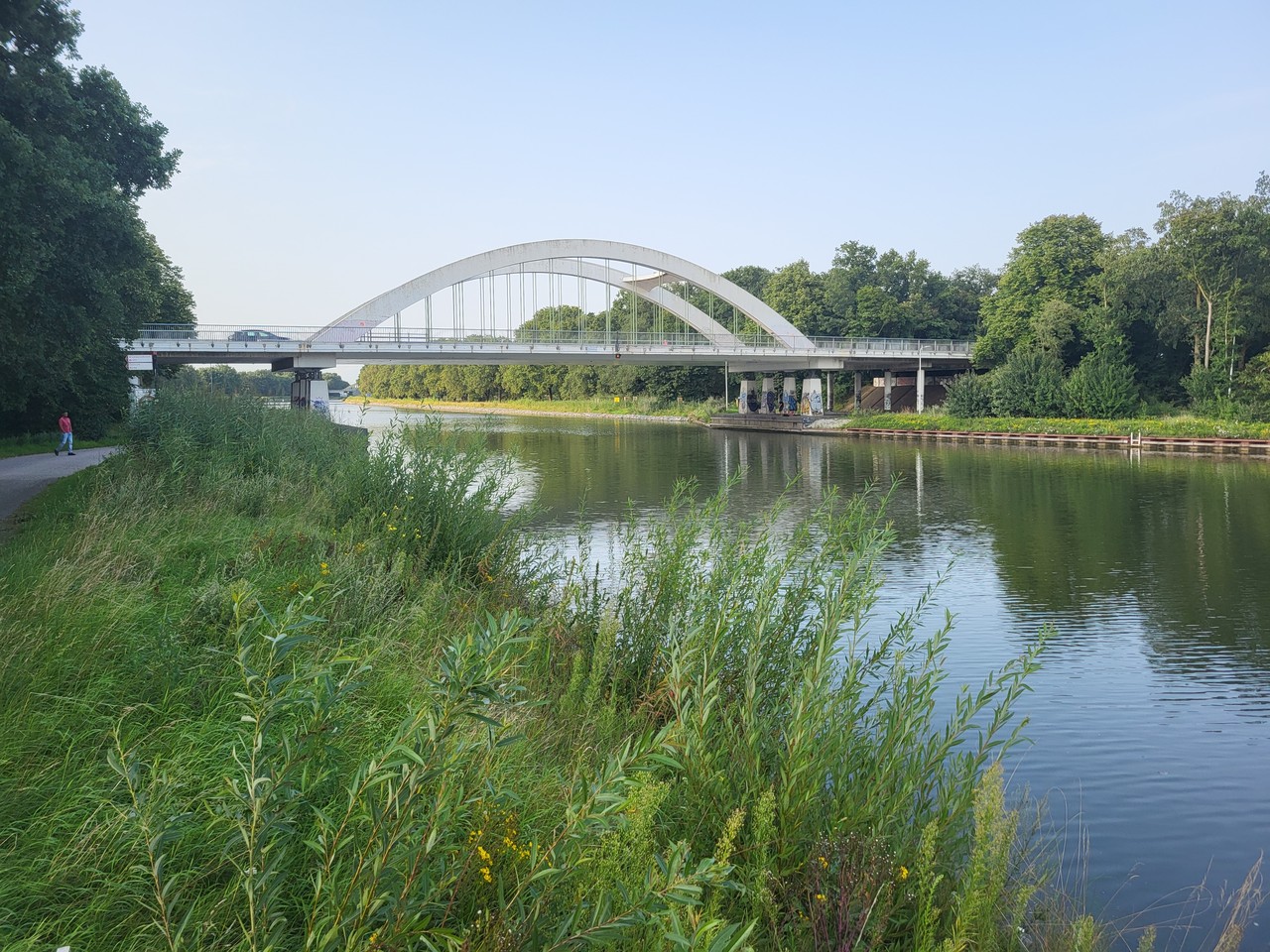The German troops defended Wierden stubbornly because it served as a flank strongpoint in a defensive line that ran from Lochem along the Twente Canal to Delden, and from there northwards along the canal’s side branch to Wierden. The purpose was to slow the Allied advance and give German troops in central and western Netherlands the chance to retreat to northwestern Germany.
The clearing of Wierden and its surroundings was assigned to the Algonquin Regiment and the South Alberta Regiment (armoured cars and tanks), supported by the 15th Canadian Field Regiment (heavy artillery positioned at Tusveld, south of Almelo). On the night of April 5–6, 1945, Major George Cassidy of the Algonquins was ordered to launch a surprise attack and establish a bridgehead at the Ten Bos factory on Almelosestraat in Wierden (now the residential area “De Aa”).
Initially, the patrol went as planned, but at the canal the Canadians came under heavy fire from Wierden. By daybreak, the attack stalled. Around midday on April 6, a new attempt was made, this time with tank and bulldozer support. The bulldozers were used to clear felled trees blocking the road, but the advance was once again stopped by defensive fire. Cassidy eventually had no choice but to order a retreat. His unit had lost around thirty men.
Attempts on April 7 and 8 also failed to break through, despite twice calling in Typhoon fighter-bombers. Increasing shelling caused significant damage in Wierden, and the persistent German resistance forced dozens of residents to leave the combat zone. A temporary ceasefire allowed them to do so.
On the evening of Sunday, April 8, German fire noticeably decreased, and the people of Wierden saw the occupiers preparing to withdraw. Fearing encirclement, the Germans indeed retreated during the night of April 8–9, heading toward Rijssen and Nijverdal.
In and around Wierden, the early hours of Monday, April 9 were eerily quiet—until reports from various sources confirmed that the enemy had left. The Algonquins advanced along Almelosestraat via the bridgehead at Ten Bos toward the town, encountering no resistance. Around 7 a.m., the first Algonquins entered Wierden, soon followed by tanks and reconnaissance vehicles of the South Albertas. Wierden was liberated.
After Nazi Germany’s capitulation, the Algonquins returned to Wierden, where they could rest and prepare for their gradual return to Canada in the autumn of 1945. During the summer and autumn of 1945, close and warm bonds developed between the Canadian liberators and the people of Wierden and the surrounding area.
